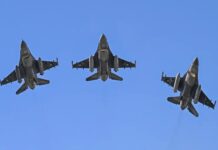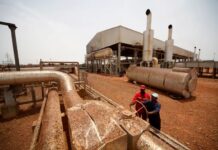
Despite earlier brutal crackdowns, protesters gathered in Colombo to express discontent at the dire economic situation.
Wickremesinghe immediately declared a state of emergency, which granted sweeping powers to the military and resulted in a series of crackdowns on protesters, with several protest leaders arrested.
After a brief wait-and-watch period following the crackdowns, “people are now coming out once again, and the reason for that is there seems to be no let-up,” said Fernandez. “A few months ago it was just beginning to make itself felt at the household table but now most households are really struggling.”
In August, the United Nations urged Wickremesinghe to end the crackdowns, describing them as a “misuse of emergency measures”.
However, with the cost of living rising and a series of tax increases set to be introduced, discontent in the island nation of 22 million people looks set to grow.





